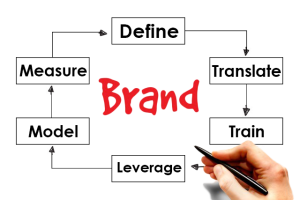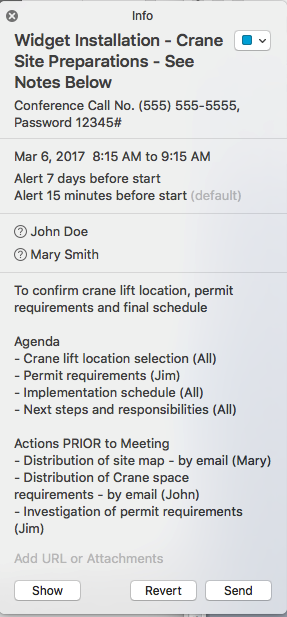
At our workshops, I strongly encourage field service professionals to follow-up on the recommendations they have made with customers. It is a great way to uncover and revive opportunities. But much more importantly, it demonstrates exceptional customer service.
I often ask the field professionals who attend my workshop if they have made any recommendations in the last six months that their customer has not acted upon and that they honestly don’t know the customer’s intentions about it. Most hands go up.
When I ask why they think that the customer has not taken action, I get a mix of responses including that the customer might have:
- Determined that the price was too high (often accompanied by nods of agreement – a discussion of value may be needed here)
- Gone to a competitor
- Decided not to take any action
- Forgotten about the recommendation
It is this last point that I focus on.
The Customer Has Forgotten About the Recommendation
To illustrate the customer service aspect of following up, I share a conversation at the workshop that I had with a manager of a company about his service provider. He told me that after doing a routine maintenance, the service provider’s technician advised him that a critical piece of equipment was showing signs of failure. This manager went on to say, “The tech recommended that the equipment be replaced as soon as possible to avoid unplanned downtime. He wrote this recommendation on his work order and I signed it.”
“Time went by and I forgot about the recommendation – it completely slipped my mind. After about 5 months, the equipment did fail and, of course, it failed at the most inconvenient time. We had to scramble and we lost time and money. When the dust had settled, I had to explain to my management why I had not acted on the recommendation when it was brought to my attention.
“It was not a pleasant time for me. I was angry with myself for forgetting but that anger was soon redirected at the service technician and his company. Although he did the right thing by making the recommendation in the first place and duly recorded it on the work-order, he was back to our facility 2 or 3 times between the initial recommendation and the failure and not once did he remind me. If only he had followed up with me about the looming problem, I could have dealt with the issue proactively and avoided looking incompetent.”
Think of your customers. How many of them have not acted on your field team’s recommendations and, as a result, are headed for trouble? How valuable would a simple follow up be in helping them avoid embarrassment and possibly disaster?
Develop a Process to Follow Up on Recommendations
If you have not already done so, I suggest that you develop a process to ensure that all outstanding field generated recommendations are followed up in a timely manner. This is particularly important for recommendations that have been made and recorded as part of a work order but have not been converted into a formal proposal. These recommendations tend to be less visible and more subject to falling through the cracks.
A simple but effective process might include:
- Positioning opportunity follow up as a customer service activity rather than a sales activity
- Providing a summary of any outstanding recommendations on associated work orders so that they can be discussed with the customer by the field service representative
- Teaching the field team a simple and professional approach to discussing open recommendations
No doubt your customers are busy and juggling multiple tasks in fast-paced, ever changing environments. It is little wonder that they forget some things, even things that are important.
Help your field team recognize the important role they play when following up on their recommendations and put in place the process to help them easily do so as part of the service that they provide.
As always, I welcome your comments and questions. You can connect with me via telephone or email or leave a comment right here on the site. And as always, please feel free to leave a link back to your own blog if you have one via the commentluv feature here on the site. If you are reading this blog post via email, you will need to locate this post on my website by clicking here. Scroll down to the bottom of the page where you will find the comment section.
Jim Baston
“There are no traffic jams along the extra mile.”
– Roger Staubach















